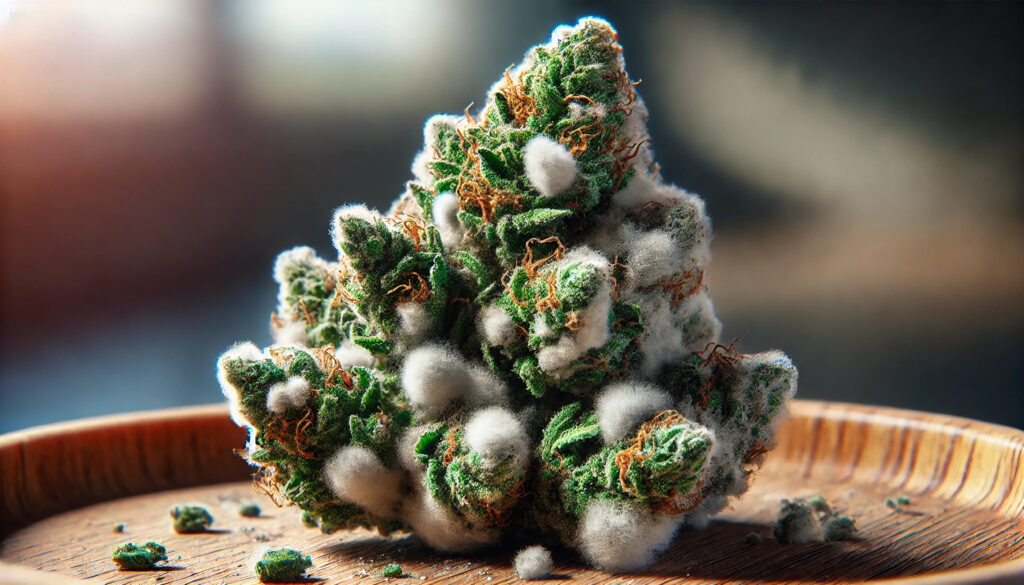
In the heart of New England, where the leaves turn a fiery red in the fall, a different kind of green is causing quite a stir. Connecticut, the land of steady habits (it should be the land of shady habits), has found itself in the throes of a cannabis controversy that’s as murky as the mold growing on some of its products.
Imagine a state that loves to boast about public health and transparency, suddenly playing a game of peek-a-boo with its cannabis contamination. The dirty little secret? Mold. Connecticut’s Department of Consumer Protection (DCP) allows up to 100,000 colony-forming units per gram (CFU/g) of mold on its cannabis. To put that in perspective—it’s like saying, “Hey, it’s fine if your sandwich has a few fuzzy spots, just don’t overdo it.” Worse yet, the failed mold tests? Those are getting swept under the rug.
Why keep it hush-hush? That’s the million-dollar question. Some whisper it’s all about shielding the fledgling cannabis industry from bad press, others think it’s just bureaucratic clumsiness. Either way, consumers are left in the dark, and potentially at risk.
Cannabis enthusiasts in Connecticut are left to wonder: Is their weed safe? The state’s regulations are less strict than many others, with some states not allowing any mold at all. Yet, here in the Nutmeg State, the rules are as flexible as a yoga instructor on a good day. And while the state has created a website to provide information on cannabis laws and regulations, the mold issue remains conspicuously absent.
It’s a classic case of “don’t ask, don’t tell.” The state tests the cannabis, but only the products that pass the inspection are made public. It’s like a restaurant only showing you the clean dishes and hiding the dirty ones in the back. Consumers deserve better. They deserve to know what they’re putting into their bodies, especially when it comes to something as potentially harmful as mold. While other states enforce tighter standards—some allowing zero mold—Connecticut’s testing process is as bendy as a straw.
So, what’s the solution? Transparency, plain and simple. The state needs to come clean about its cannabis testing results. Consumers have a right to know if their weed is mold-free or if it’s a potential health hazard. Until then, the moldy truth will continue to lurk in the shadows.
And if all that just isn’t crazy enough… The ones who seem most concerned about this mold issue aren’t the people going to dispensaries—they’re the ones avoiding them altogether. The information is out there, plain as day, but it feels like nobody’s listening. People will grumble about mold in their weed, share an article or two, and then march right back to the dispensary the next day like nothing’s wrong. It’s like a bad habit no one’s willing to break.
Keep it weird,


